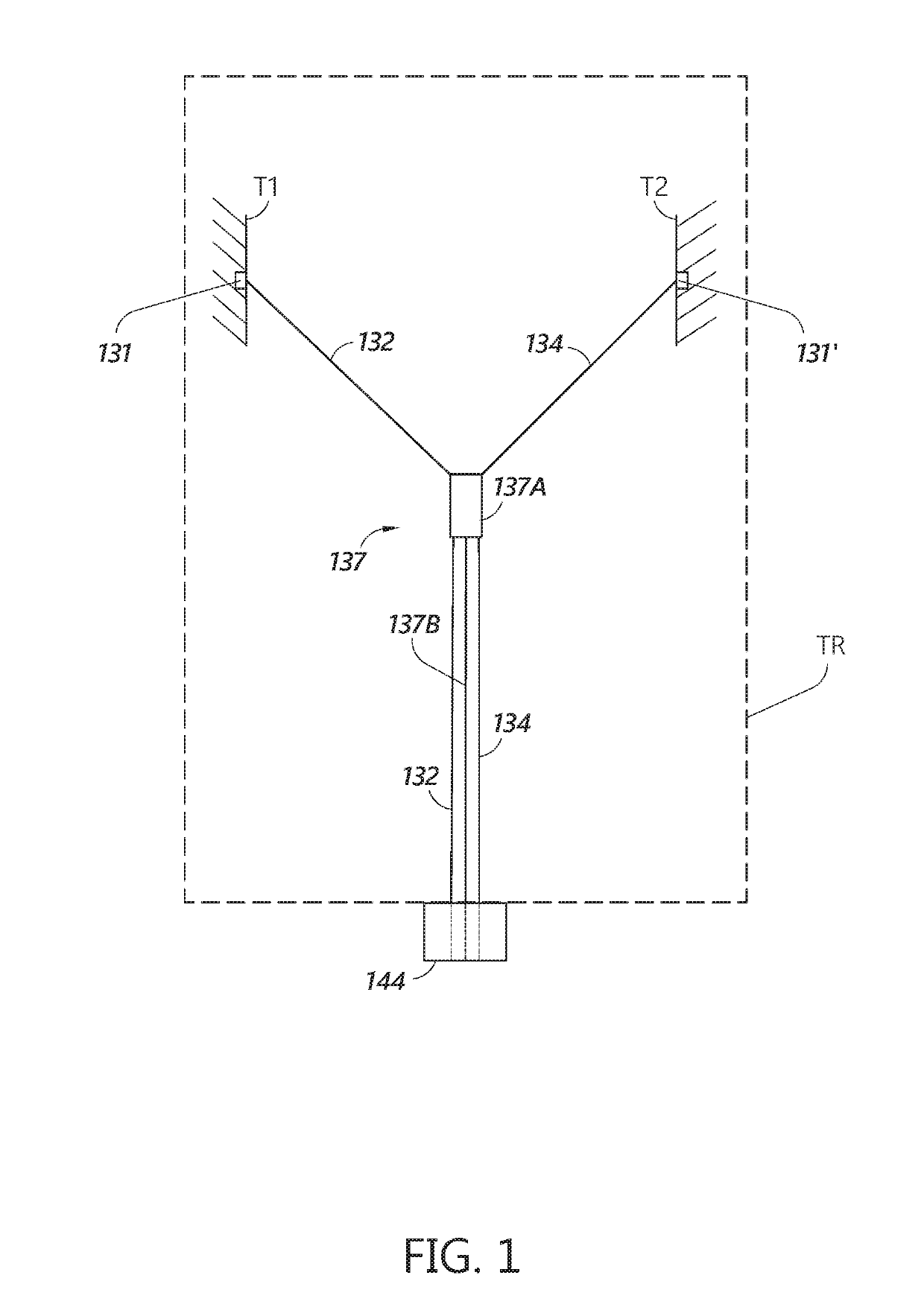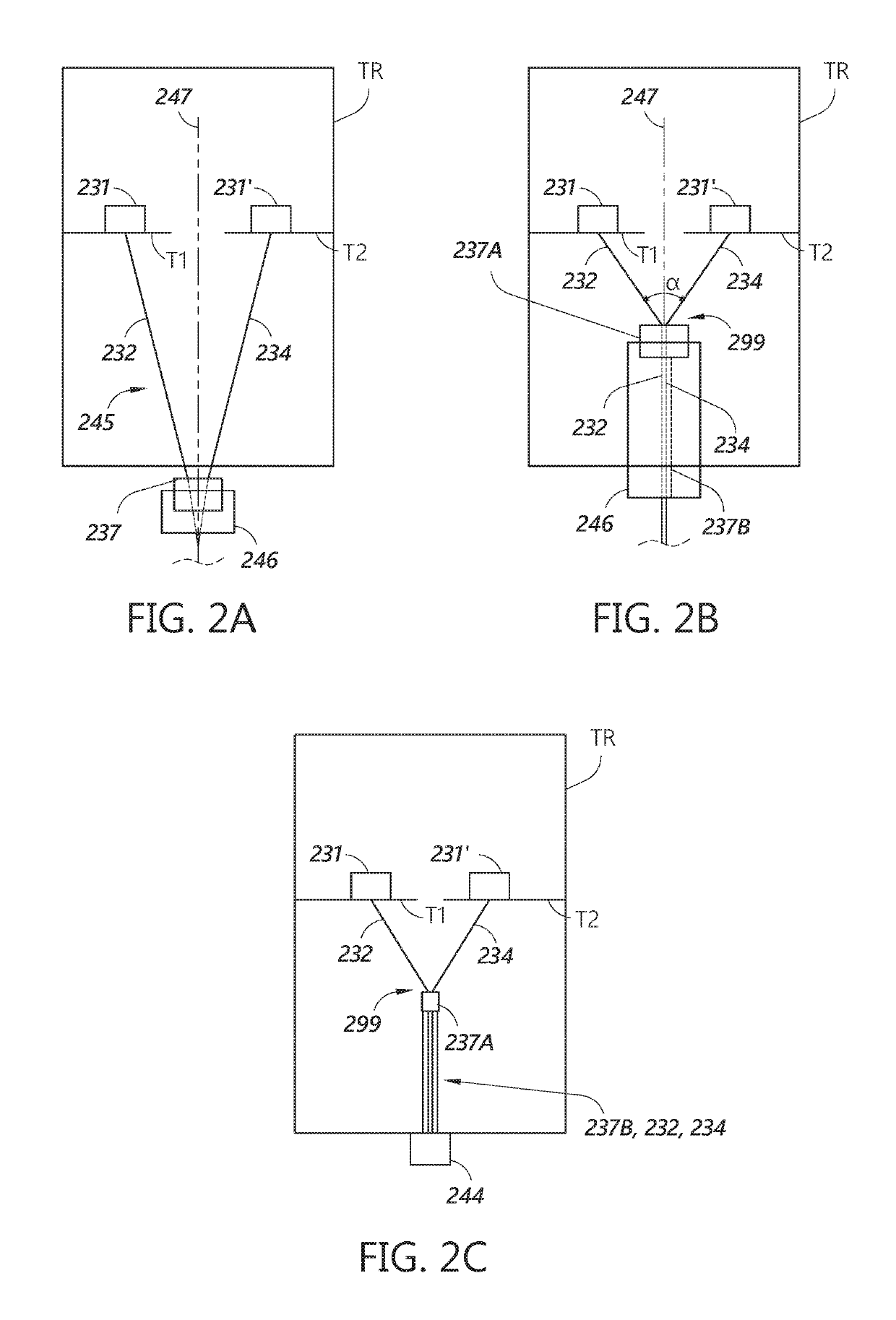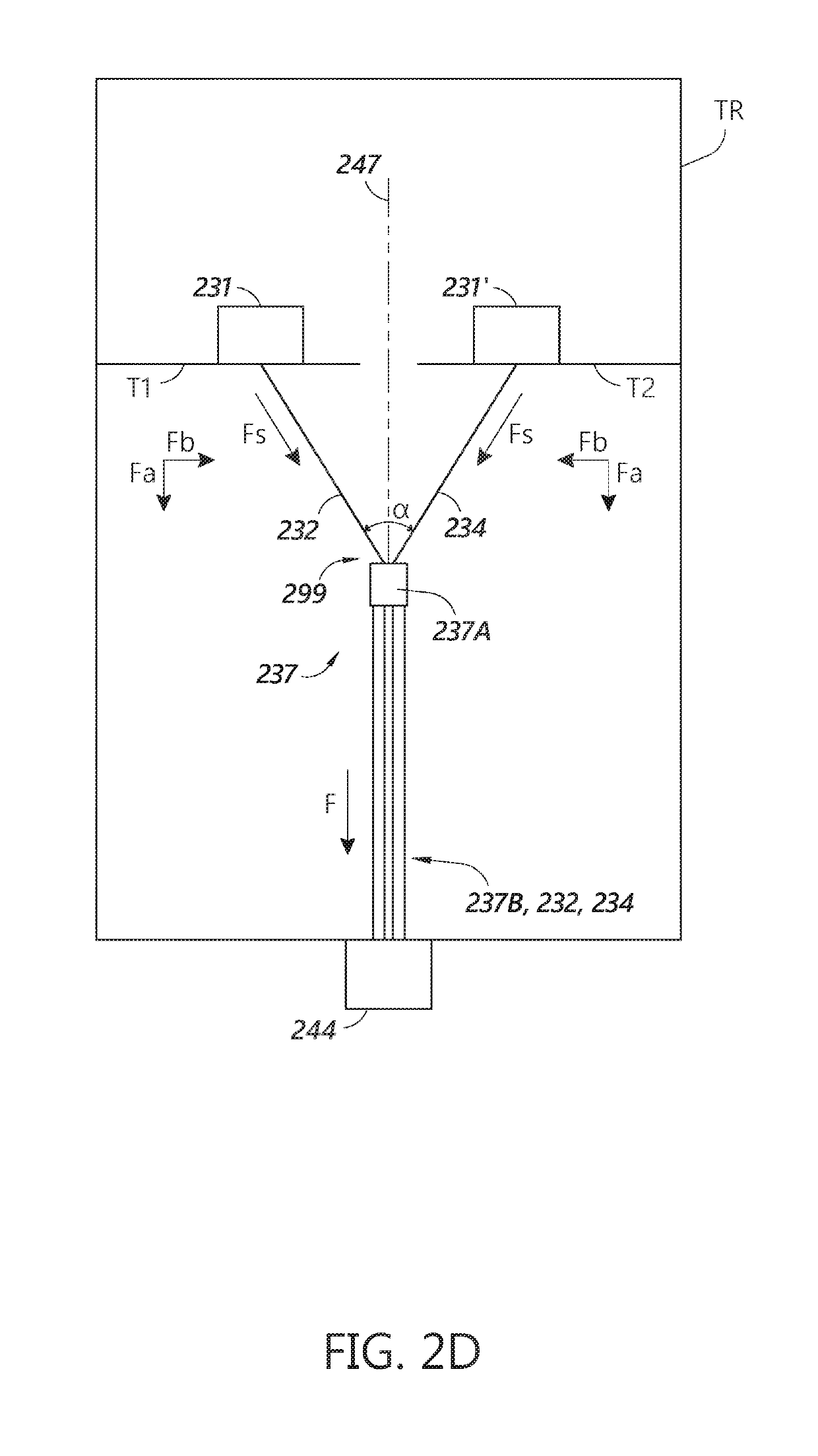Method and apparatus for cardiac procedures
a cardiac procedure and cardiac catheter technology, applied in the field of cardiac procedures, can solve the problems of affecting the proper functioning of one or more affecting the normal functioning of the valves of the heart, prolapse and regurgitation of the valves,
- Summary
- Abstract
- Description
- Claims
- Application Information
AI Technical Summary
Benefits of technology
Problems solved by technology
Method used
Image
Examples
Embodiment Construction
[0059]The headings provided herein, if any, are for convenience only and do not necessarily affect the scope or meaning of the claimed invention.
[0060]Overview
[0061]During conventional, on-pump cardiac operations, the heart is stopped and the doctor has vision of and direct access to the internal structures of the heart. In conventional operations, doctors perform a wide range of surgical procedures on a defective valve. In degenerative mitral valve repair procedures, techniques include, for example and without limitation, various forms of resectional repair, chordal implantation, and edge-to-edge repairs. Clefts or perforations in a leaflet can be closed and occasionally the commissures of the valve sutured to minimize or eliminate MR. Although devices have been developed to replicate conventional mitral valve procedures on a beating heart (see, e.g., International Patent Application No. PCT / US2012 / 043761, published as WO 2013 / 003228 A1, and referred to herein as “the '761 PCT Appl...
PUM
 Login to View More
Login to View More Abstract
Description
Claims
Application Information
 Login to View More
Login to View More - R&D
- Intellectual Property
- Life Sciences
- Materials
- Tech Scout
- Unparalleled Data Quality
- Higher Quality Content
- 60% Fewer Hallucinations
Browse by: Latest US Patents, China's latest patents, Technical Efficacy Thesaurus, Application Domain, Technology Topic, Popular Technical Reports.
© 2025 PatSnap. All rights reserved.Legal|Privacy policy|Modern Slavery Act Transparency Statement|Sitemap|About US| Contact US: help@patsnap.com



